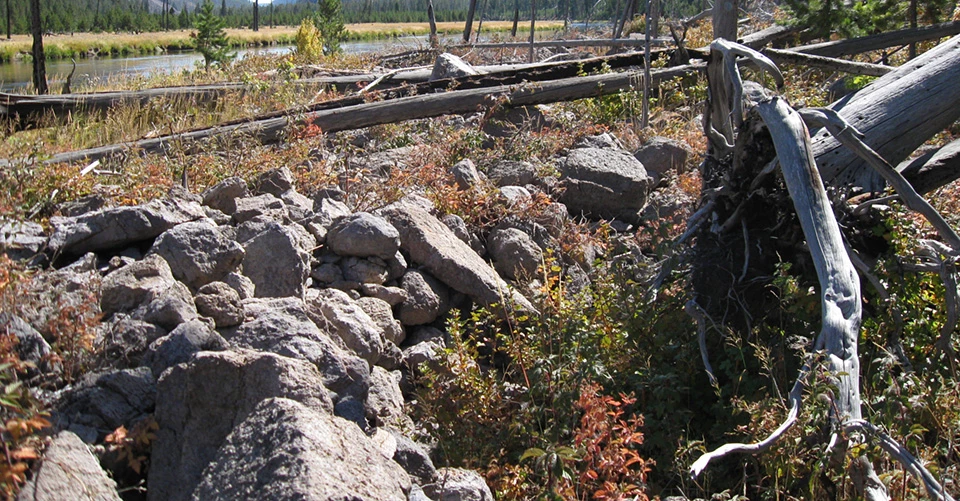
The human history of the Yellowstone region extends back more than 11,000 years. The stories of people in Yellowstone are preserved in archeological sites and objects that convey information about past human activities in the region, and in people’s connections to the land that provide a sense of place or identity. Today, park managers use archeological and historical studies to help us understand how people lived here in the past. Ethnography helps us learn about how groups of people identify themselves and their connections to the park. Research is also conducted to learn how people continue to affect and be affected by these places, many of which have been relatively protected from human impacts. Some alterations to the landscape, such as the construction of roads and other facilities, are generally accepted as necessary to accommodate the needs of visitors today. Information on the possible consequences of modern human activities, both inside and outside the parks, is used to determine how best to preserve Yellowstone’s natural and cultural resources, and the quality of the visitors’ experience. Source: NPS DataStore Collection 7815 (results presented are a subset). To search for additional information, visit the NPS DataStore. 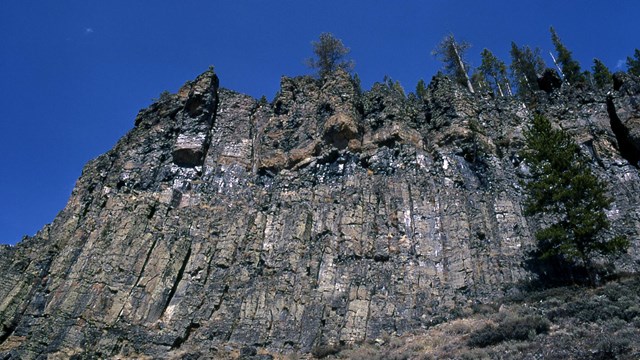
The Earliest Humans in Yellowstone
Human occupation of this area seems to follow environmental changes of the last 15,000 years. 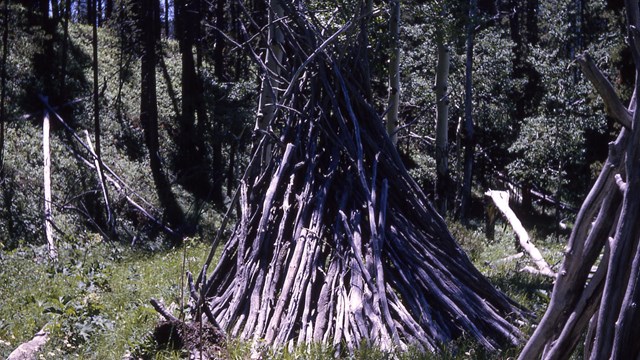
Historic Tribes
Many tribes have a traditional connection to this region and its resources. 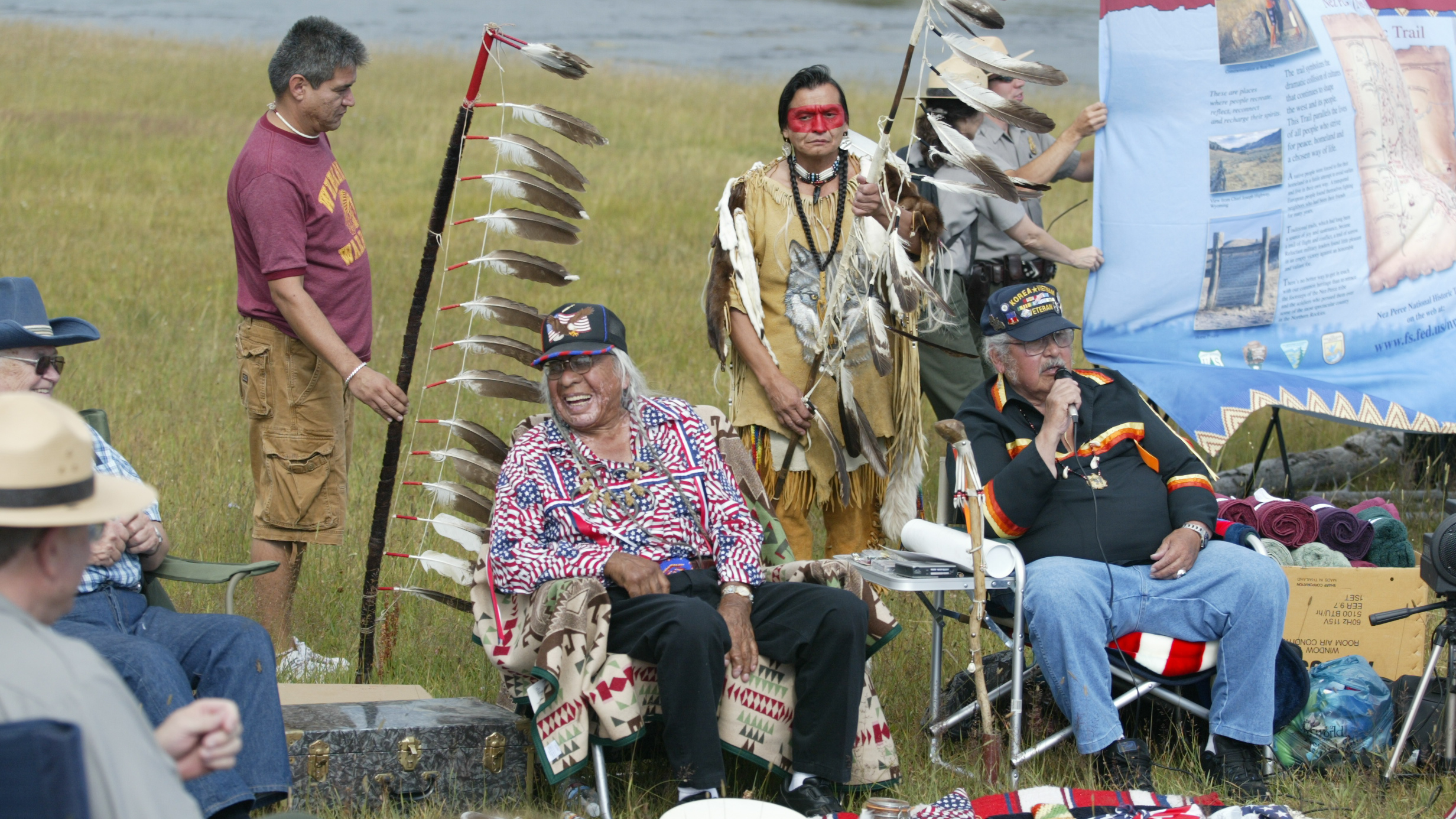
Timeline of Human History in Yellowstone
The human history of the Yellowstone region goes back more than 11,000 years. 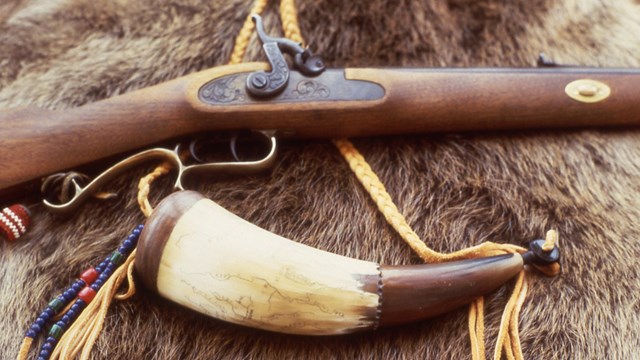
European Americans Arrive
In the late 1700s, fur traders traveled the Yellowstone River in search of Native Americans with whom to trade. 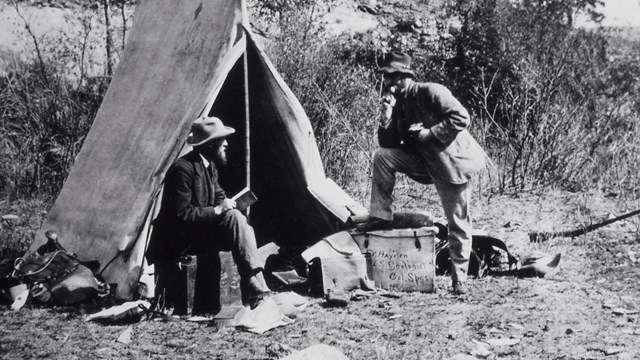
Expeditions Explore Yellowstone
Formal expeditions mapped and explored the area, leading to the nation's understanding of the region. 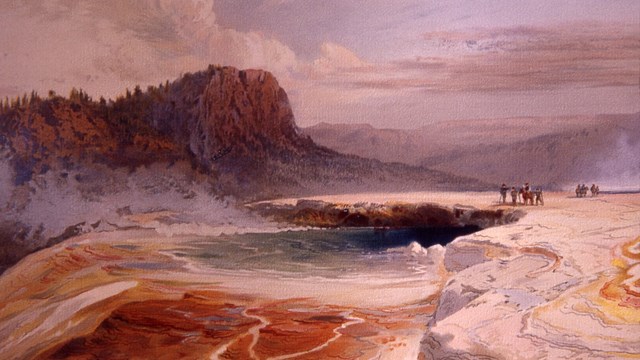
Birth of a National Park
Learn about Yellowstone's early days as a national park. 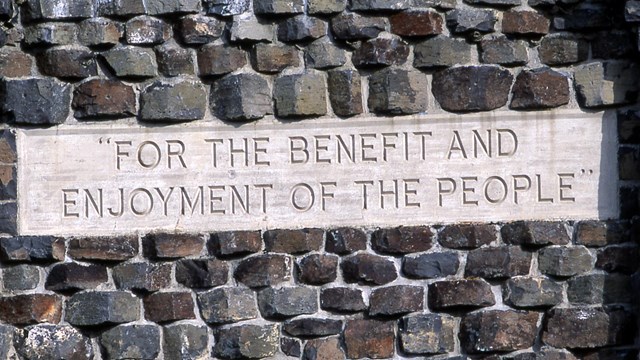
Modern Management
Managing the national park has evolved over time and dealt with some complex issues. 
History & Culture
Explore the rich human and ecological stories that continue to unfold. |
Last updated: June 2, 2025
